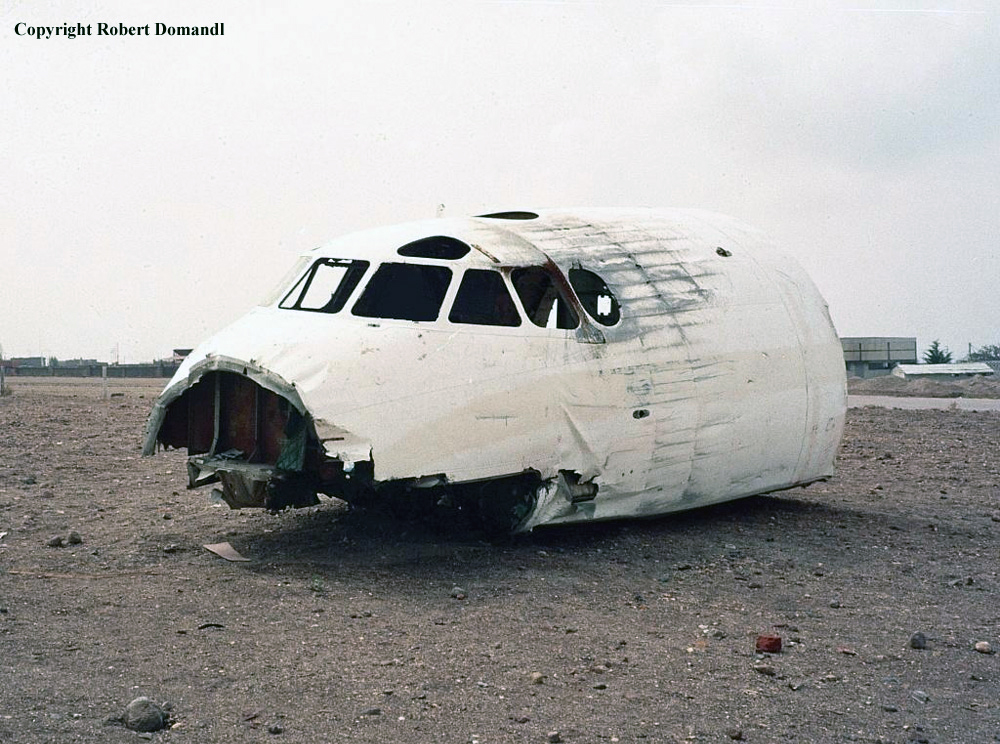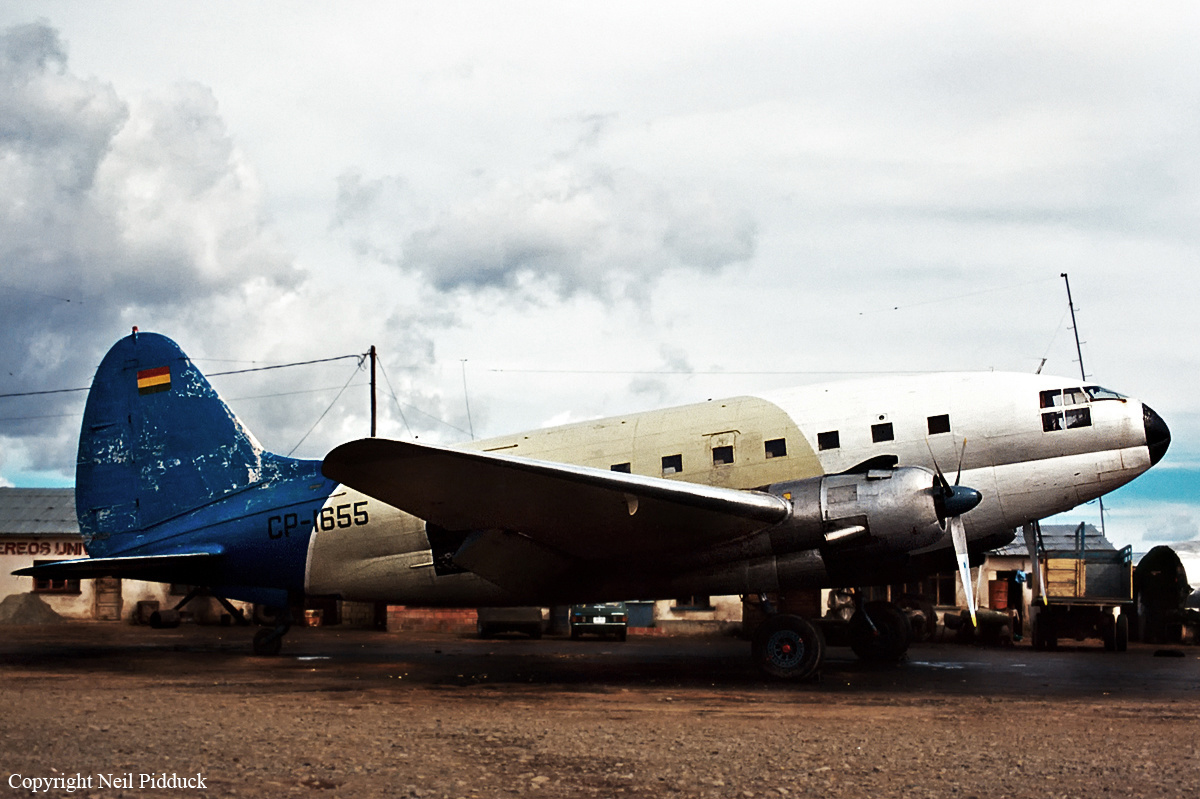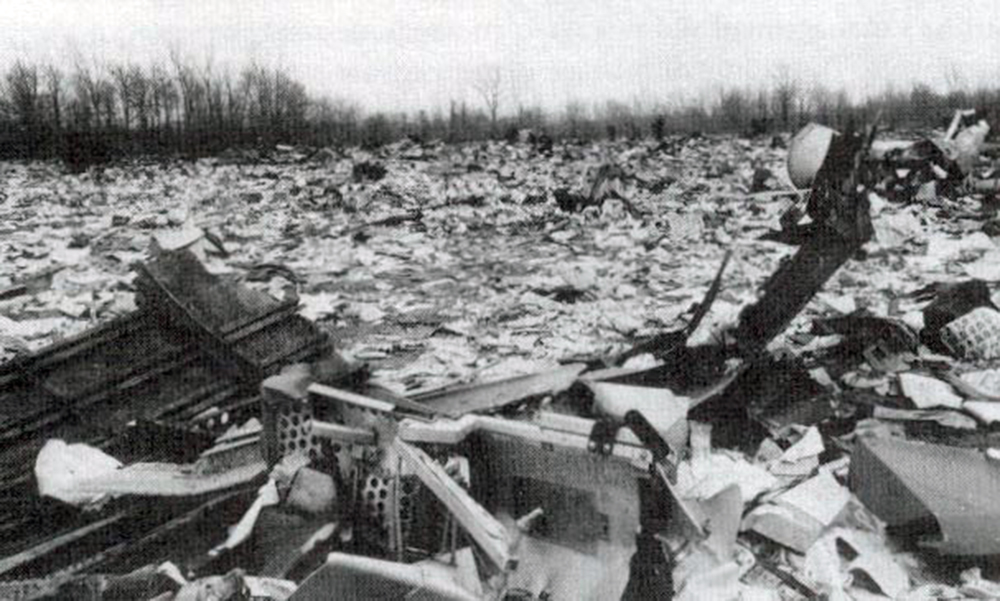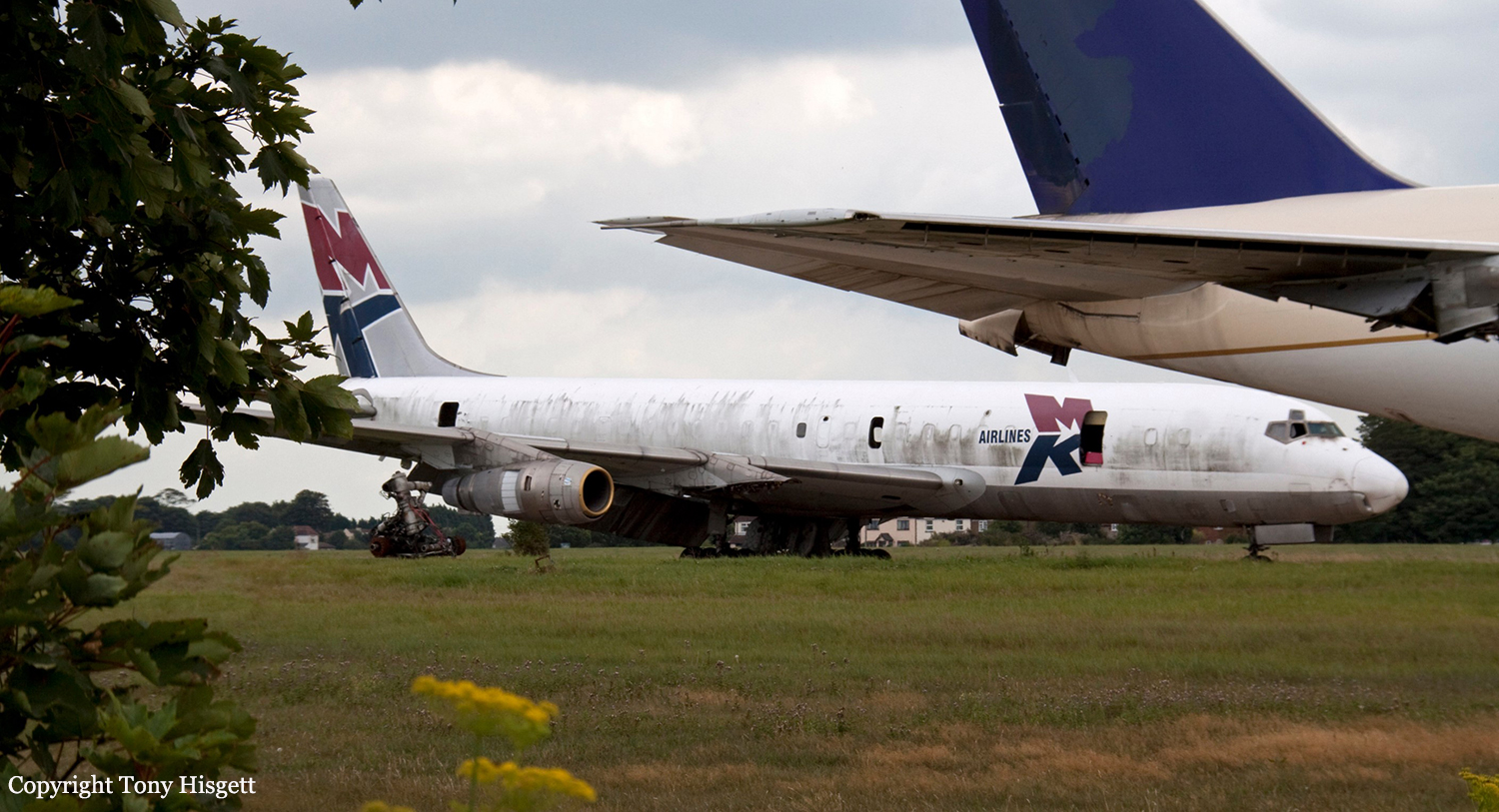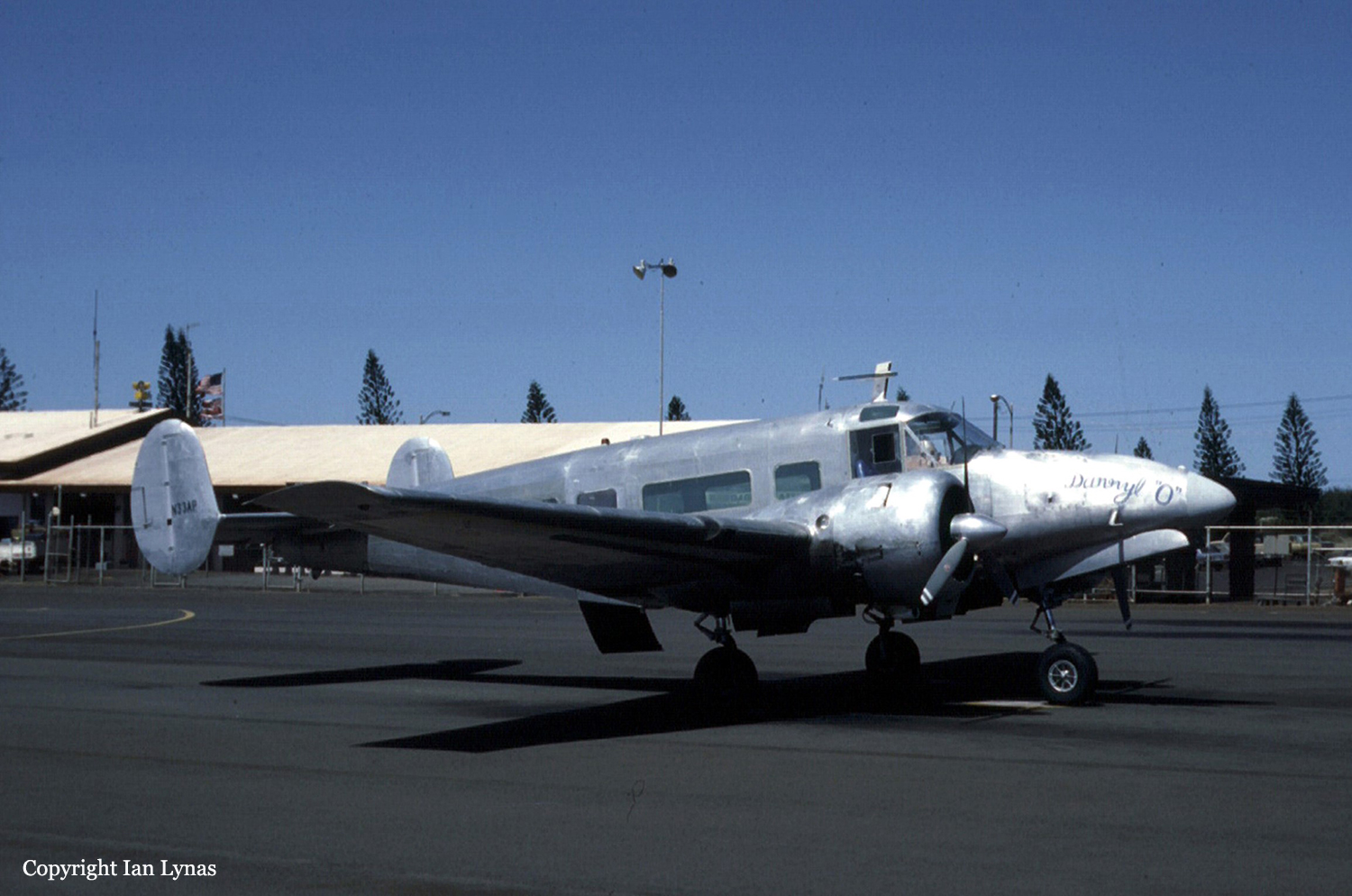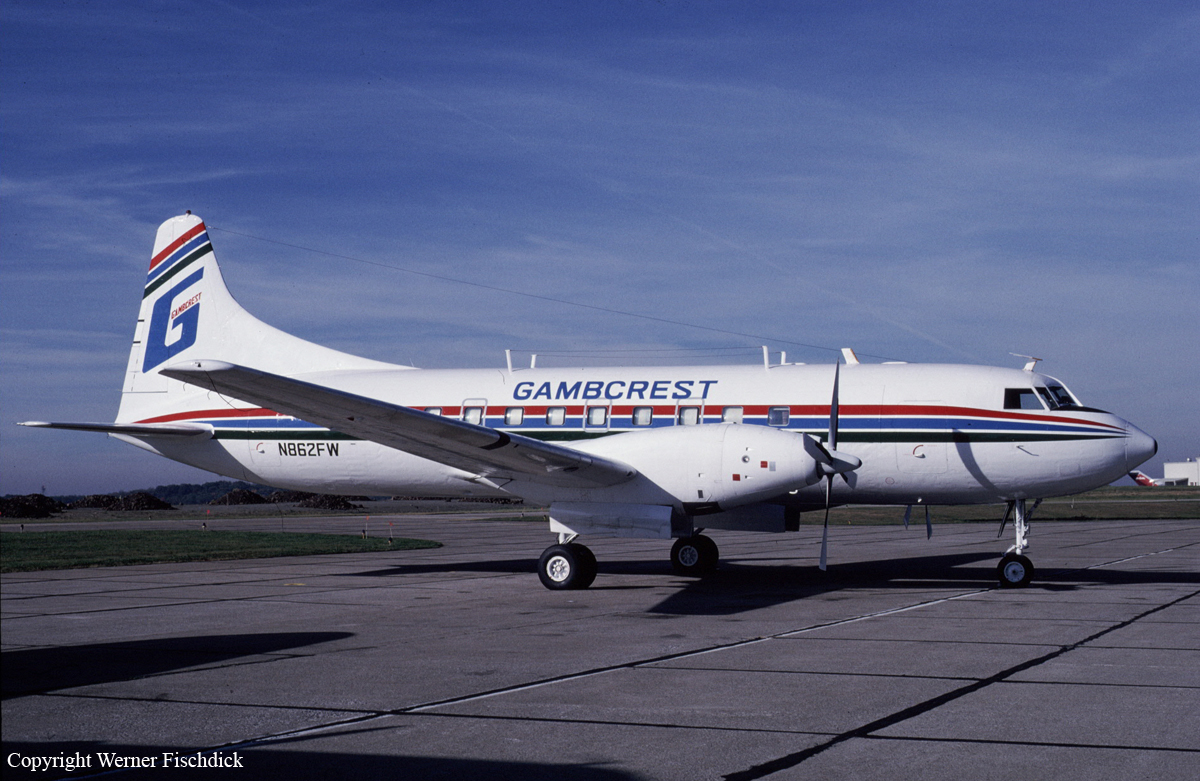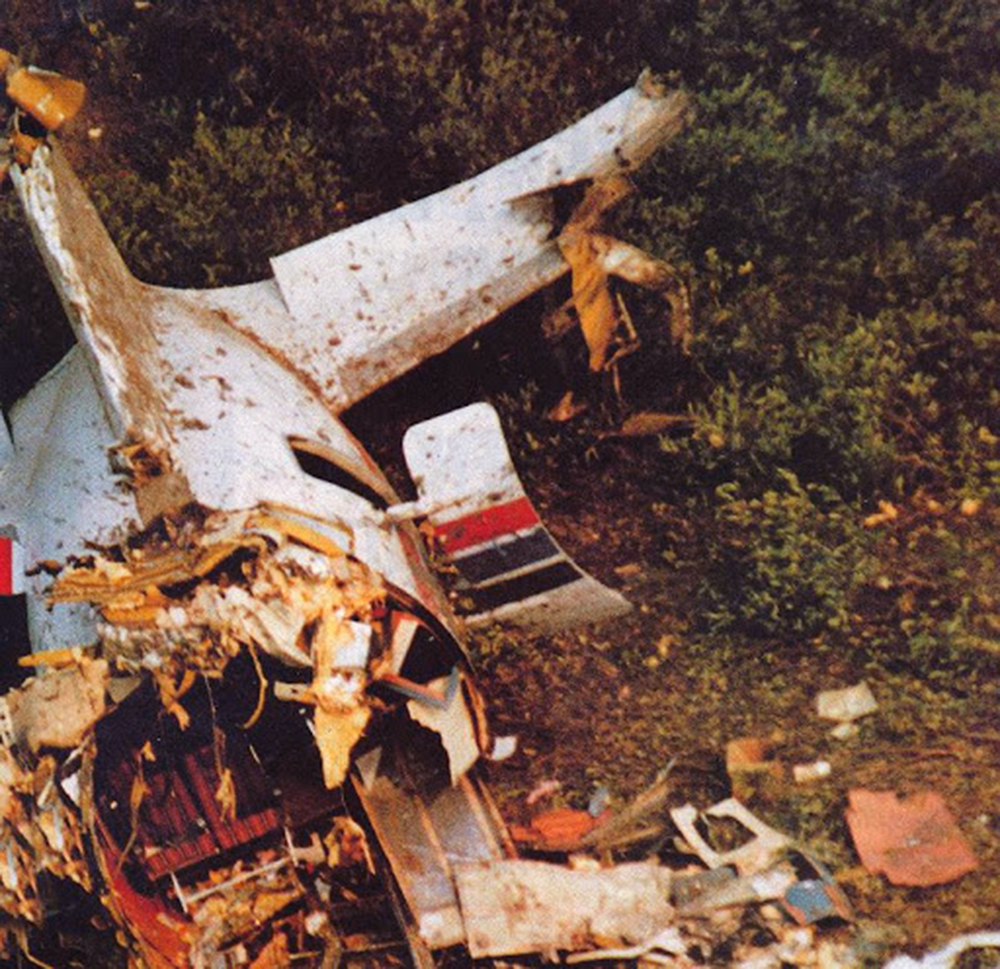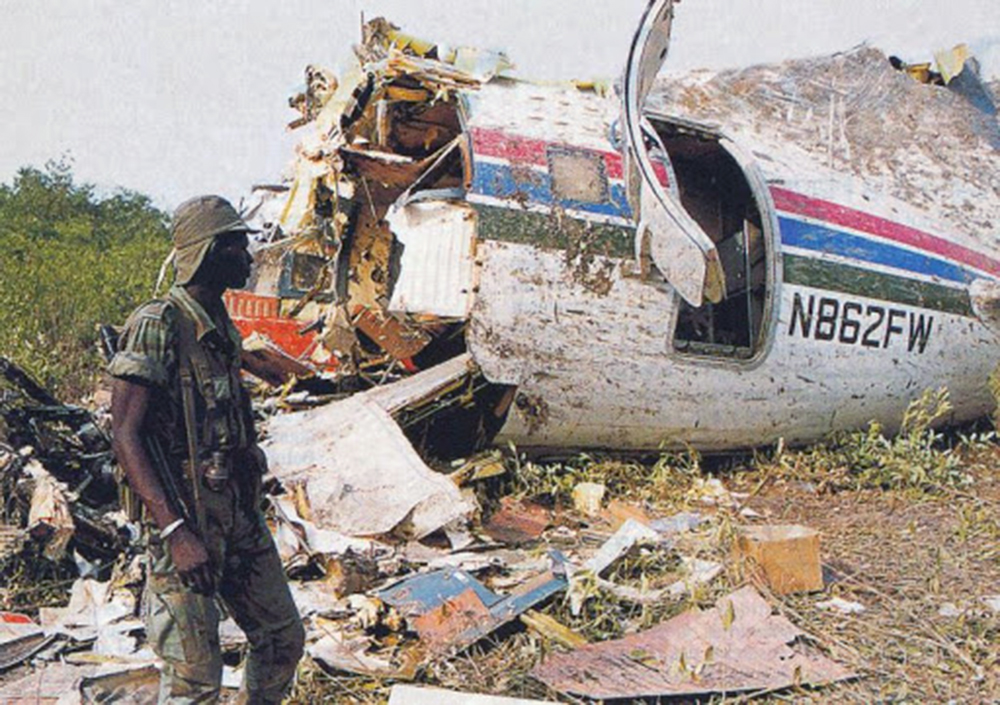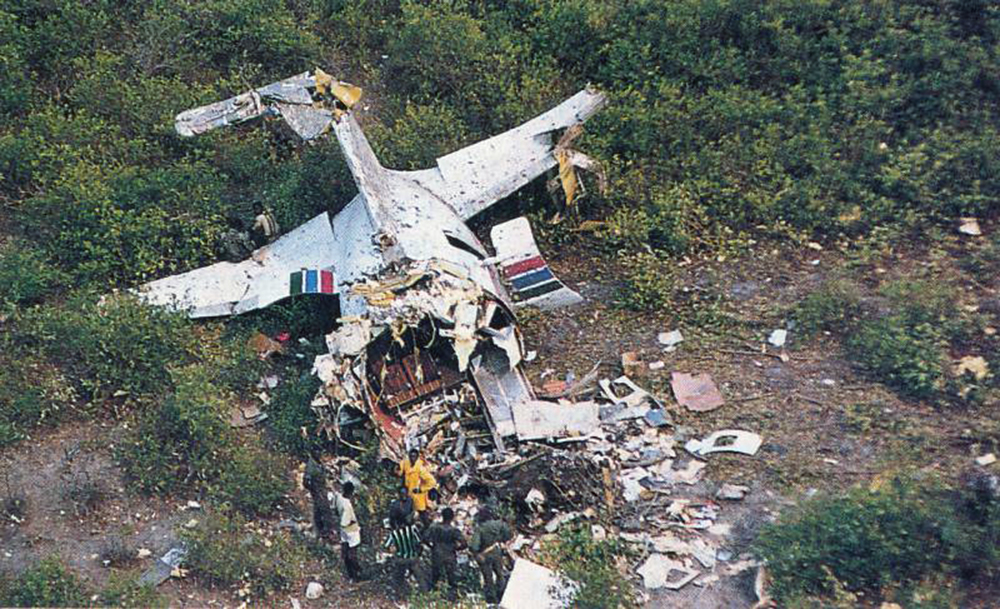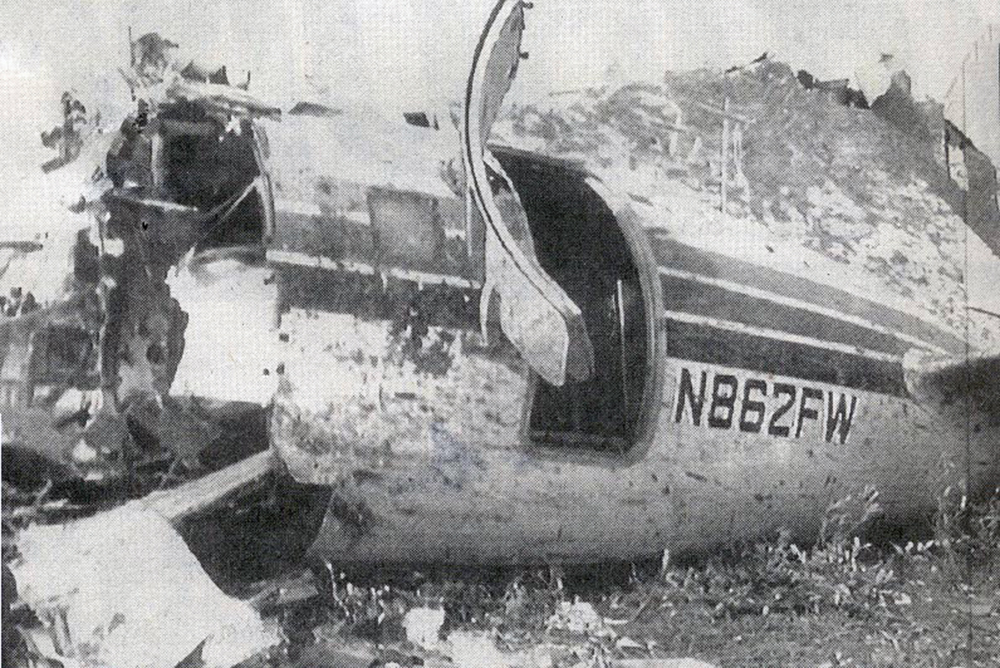Crash of an Antonov AN-24RV in Arequipa
Date & Time:
Feb 22, 1992
Registration:
OB-1439
Survivors:
Yes
Schedule:
Puerto Maldonado – Juliaca – Arequipa
MSN:
2 73 078 04
YOM:
1972
Crew on board:
4
Crew fatalities:
Pax on board:
41
Pax fatalities:
Other fatalities:
Total fatalities:
0
Circumstances:
The aircraft landed too far down the runway at Arequipa-Alfredo Rodríguez Ballón Airport. Unable to stop within the remaining distance, it overran, rolled for about 160 metres then lost its undercarriage and came to rest, broken in two. All 45 occupants were rescued, among them 11 passengers were injured. The aircraft was written off.
Probable cause:
Wrong approach configuration on part of the crew who continued the landing above the glide, causing the aircraft to land too far down the runway. The crew failed to initiate a go-around procedure.
